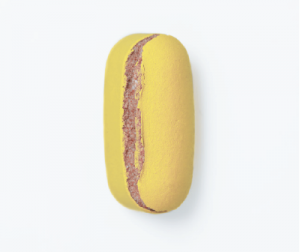Effect of carboxymethyl cellulose and polyvinyl alcohol on the cracking of particulate coating layers

We investigated the effect of polymers on the cracking of particulate coating layers. Carboxymethyl cellulose (CMC) and polyvinyl alcohol (PVA) were used as contrasting polymer additives due to their different surface charges and film characteristics. Drying stress that generates cracking in particulate layers increased with the addition of both polymers. However, there was a large difference in the critical cracking thickness (CCT) depending on the two polymers, indicating that the structural and mechanical properties of particulate layers varied with the nature of polymer additive. A strong positive correlation was observed between the toughness and CCT of the particulate layer. Compared with particulate layers containing CMC, those containing PVA exhibited 77.8% higher CCT because denser and tougher layers were formed when PVA was added to the coating suspension. Our findings clearly demonstrate that cracking of coating layer can be prevented by improving the toughness of the layer.
Highlights
- The structure formation of particulate coating layer, depending on colloidal interaction, is affected by polymer addition was studied.
- How polymer affects the mechanical and structural properties of particulate coating layer was investigated.
- The relationship between critical cracking thickness (CCT) and mechanical properties of particulate coating layer was confirmed.
Kyudeok Oh, Sunhyung Kim, Zhenghui Shen, Min Hwan Jeong, Martti Toivakka, Hak Lae Lee,
Effect of carboxymethyl cellulose and polyvinyl alcohol on the cracking of particulate coating layers,
Progress in Organic Coatings, Volume 170, 2022, 106951, ISSN 0300-9440,
https://doi.org/10.1016/j.porgcoat.2022.106951.
See also the article “10 Errors that can occur during the coating process and how to avoid them”


